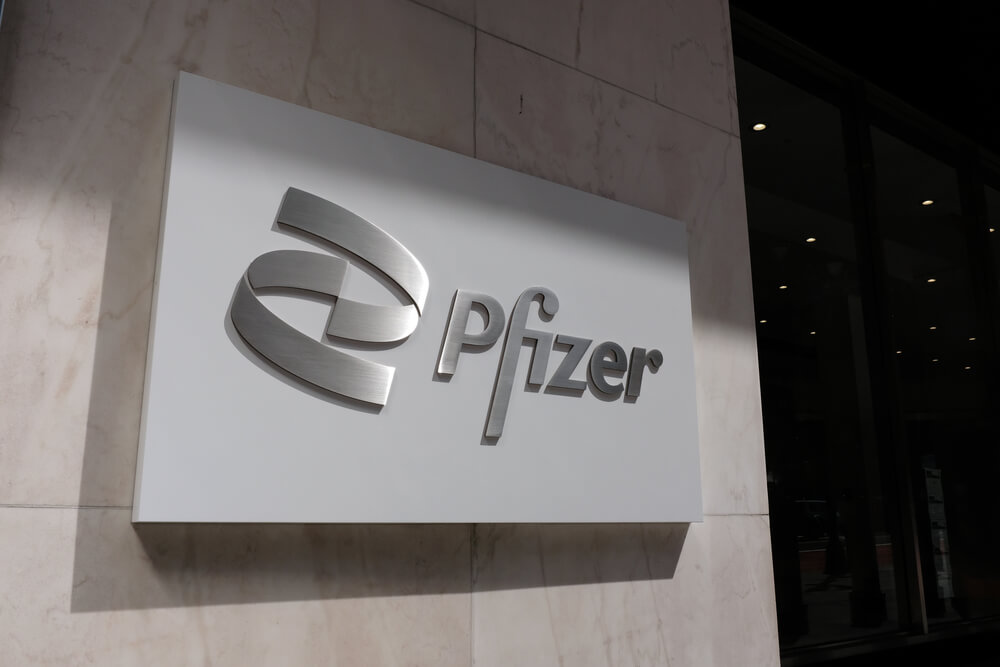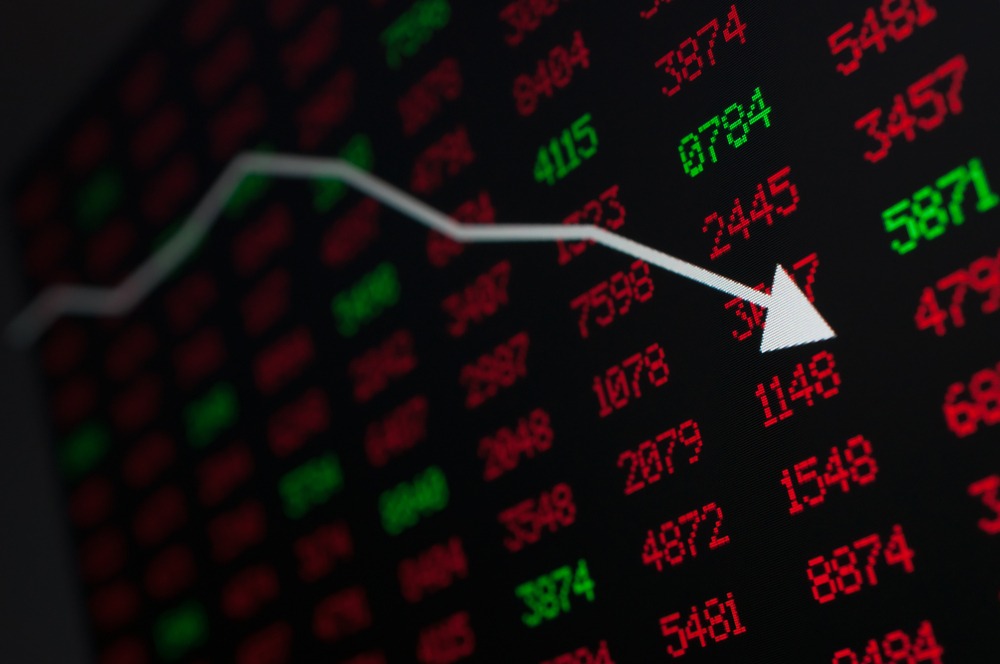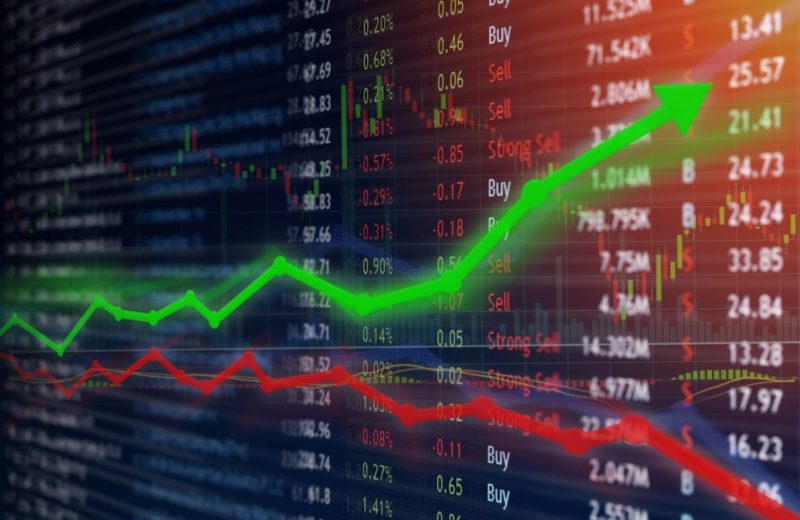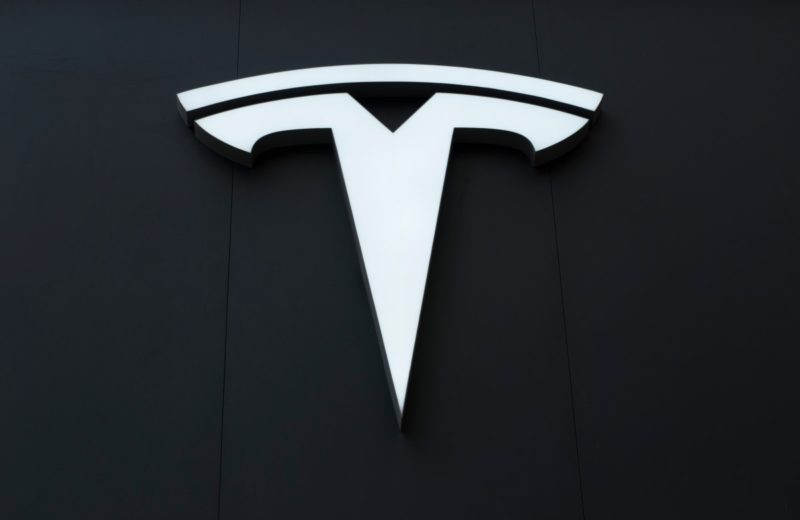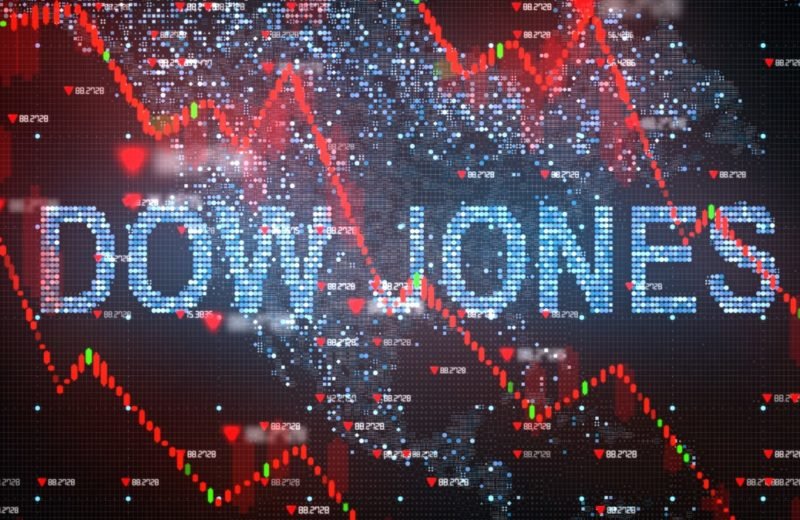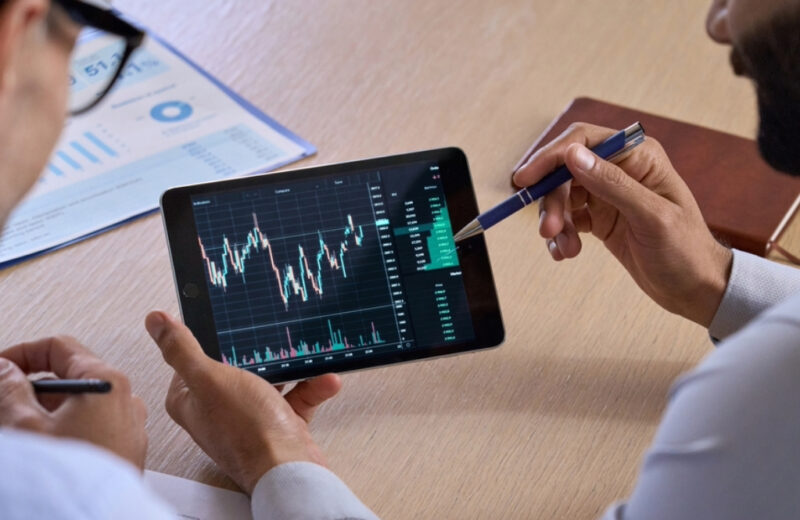Pfizer Inc. (PFE) has seen substantial profit and revenue growth in recent quarters, owing mainly to sales of its COVID-19 vaccine co-developed with German-based BioNTech SE.
Investors will be waiting to see how quickly Pfizer’s profit and revenue growth accelerates when the firm releases earnings for the third quarter of the fiscal year 2021 on November 2, 2021. Analysts anticipate that adjusted earnings per share (EPS) and revenue will climb at the quickest rate in at least the previous 15 quarters. Pfizer’s stock has underperformed the broader market over the last year.
The store has beaten the market at times over the previous year, but it is behind the market. Pfizer’s stock has returned 36.1 percent from a year earlier, trailing the S&P 500’s performance of 39.1 percent.
Earnings history
Pfizer reported earnings and revenue for the second quarter of 2021 that are above analysts’ estimates. When compared to the previous quarter, adjusted EPS increased by 72.8 percent. Revenue increased by 92.4 percent year on year (YOY). It was the quickest growth rate for either statistic in at least the previous three and a half years. Pfizer’s extraordinary success during the period drove by sales of its COVID-19 vaccine, which developed in collaboration with BioNTech. The company raised its full-year FY 2021 projection.
Pfizer’s earnings and revenue in the first quarter of the fiscal year 2021 exceeded expectations. Adjusted EPS increased 47.1 percent year on year, a significant acceleration from the previous quarter’s growth rate.
Revenue increased by 44.6 percent year over year. It was the second consecutive quarter of revenue gain following six straight quarters of reductions. Sales of its COVID-19 vaccine increased revenue growth. Even removing such sales, Pfizer reported that its operating revenues increased by 8%, in line with its target of providing 6% compound annual growth through 2025.
The FDA amended the EUA for the vaccine on September 22, 2021, approving it for use as a single booster dose administered at least six months after completion of the initial amounts for the following individuals: those 65 years of age and older; those 18 through 64 years of age at high risk of severe COVID-19.


